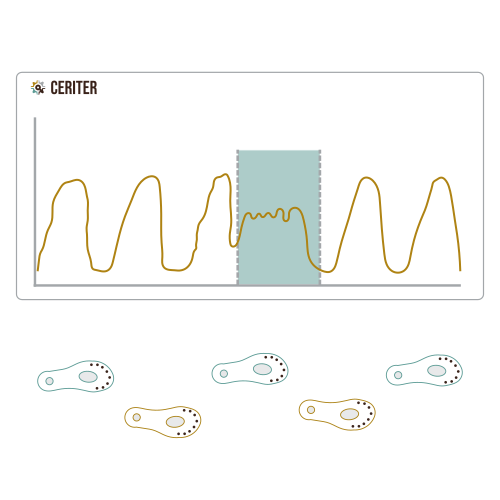Ceriter for pharmaceutical industry

Ceriter measures various gait conditions in clinical studies
- Continuous measurement – not only during clinical observation
- Accurate detection algorithms based on gait parameters
- Various gait conditions such as Freezing of Gait (FOG), circumduction and other
- Detailed reporting based on generated data
Benefits
Shorter studies & lower cost
Continuous measurement collects more data and reduces duration and cost of clinical studies
Automation & accuracy
Automated sensor-based detection reduces the need for manual data entry and leads to higher accuracy
Robust evidence
Accurate data collected in a real-life setting provides more robust evidence of the efficacy of your treatment.

Gait deviations
Neurological diseases such as Parkinson’s disease, Multiple Sclerosis (MS), a cerebrovascular accident (CVA) and many more can have a significant impact on patients’ gait. Freezing of Gait (FOG), circumduction, ataxia or other issues with gait often cause patients to fall and reduce patients’ independence. Yet, the impact of treatments on these conditions is often documented based on fragmentary video evidence in a clinical setting or unreliable diary entries at home.
Accurate measurement of gait
Ceriter technology can help solidify the evidence of a treatment’s impact on Gait. We use both pressure sensors and IMUs. Pressure sensors are the gold standard in terms of measuring gait timing. Our device measures a variety of gait data, our algorithms use this data to accurately measure frequency and duration of common gait deviations such as Freezing of Gait and can be configured to measure many more.


A solid and large base of evidence
Our technology is easy-to-wear without impacting patients’ comfort. This allows for continuous tracking of gait outside of a clinical setting, creating a solid and large dataset with evidence.